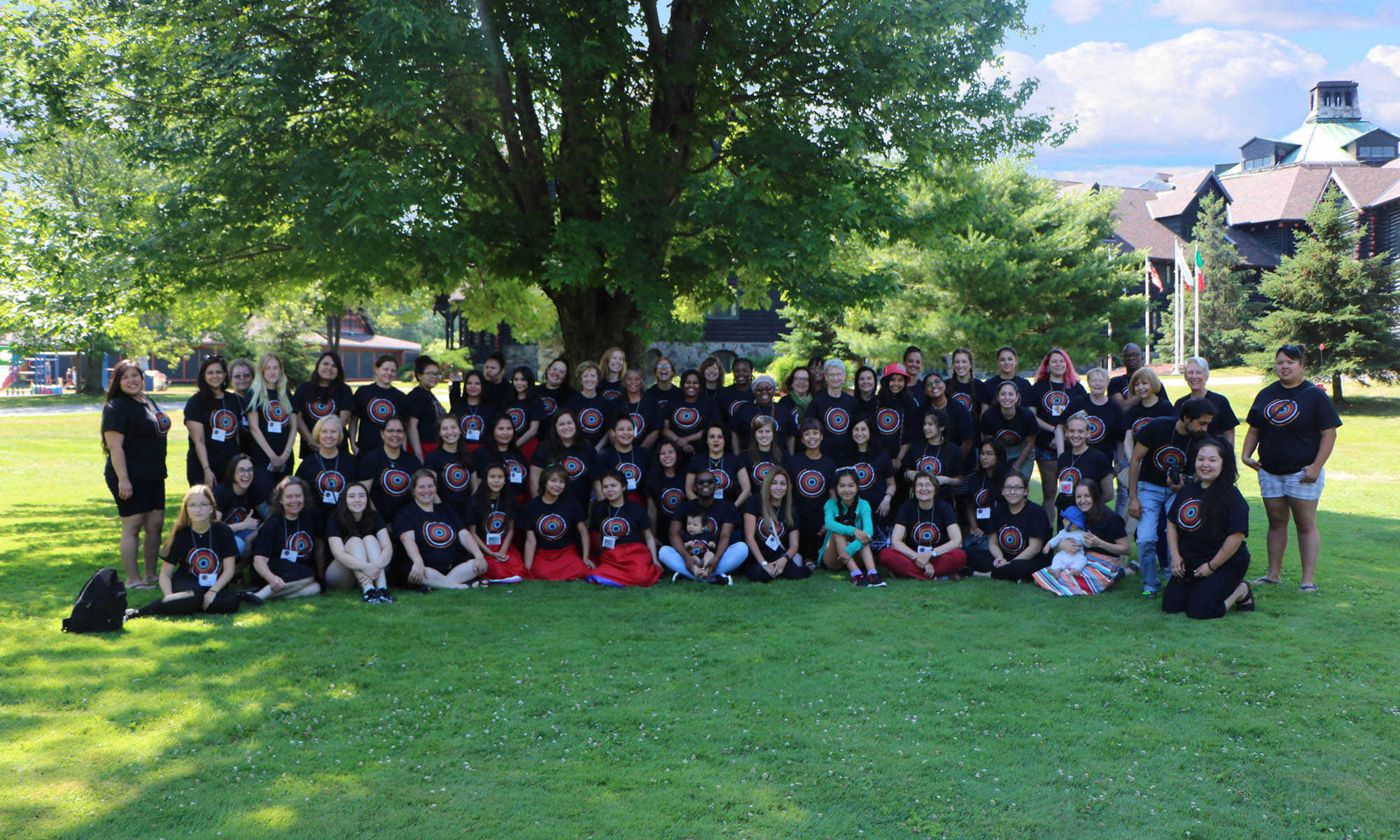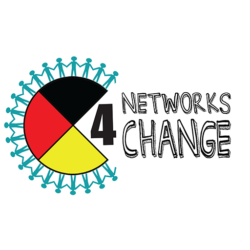First Community Consultation at the UKZN Research Site in Winterton
May 25th 2016
By: Rakiya Larkin
Members of the research team, Lisa, Astrid, Noku and I travelled from Durban to the community of Winterton to host a one day community engagement workshop with teachers, social workers and learners from Winterton, Khetani, and surrounding communities to discuss girls’ safety. The consultation was held at the Non-government Organisation (NGO) that we have partnered with in the area. Between 09:00 and 16:00, the four members of the research team along with 12 members of the community worked through a number of activities together, mapping out the challenges faced by girls in the community with regards to girls’ safety, barriers to girls’ safety, as well as resources available that are being or could be used to support girls.
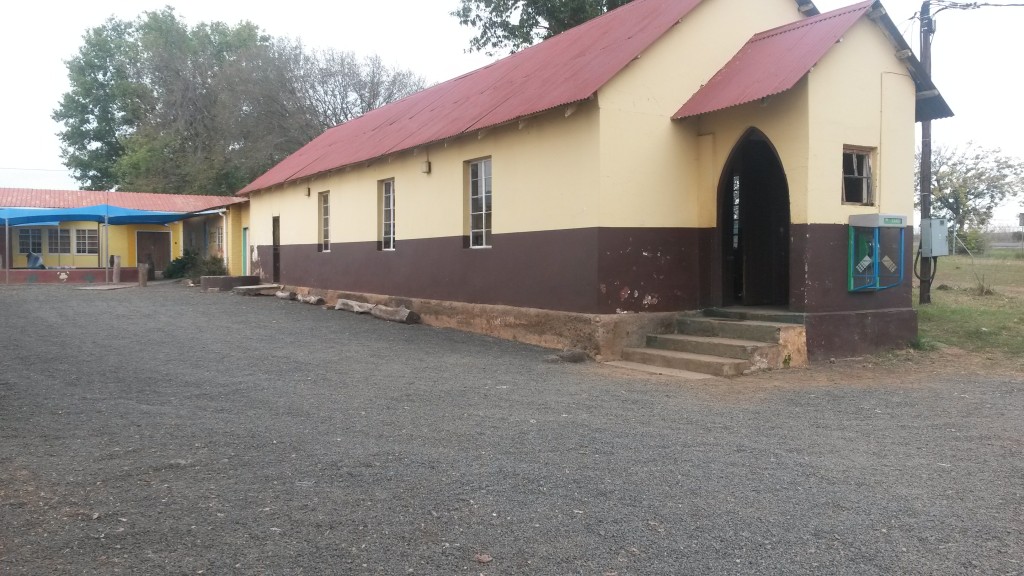 The activities the team and I planned included introductions; ensuring everyone felt comfortable with the team as well as the Informed Consent Forms and making sure they were aware of the project and what we will be doing for the day. As well as them understanding this is voluntary and 100% confidential.
The activities the team and I planned included introductions; ensuring everyone felt comfortable with the team as well as the Informed Consent Forms and making sure they were aware of the project and what we will be doing for the day. As well as them understanding this is voluntary and 100% confidential.
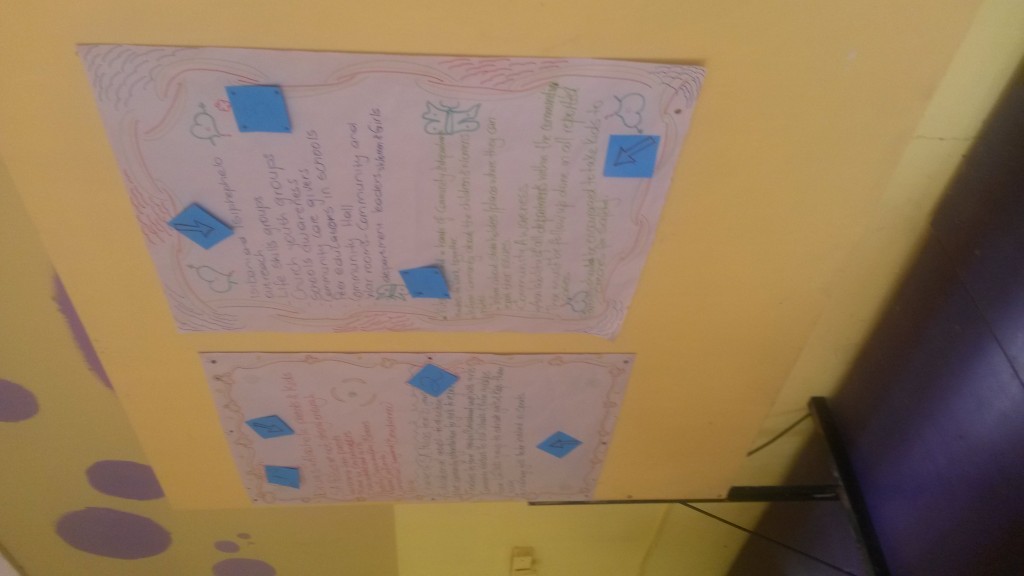 After introductions we also conducted an icebreaker that pertained to the topic of girl’s safety in the community. The purpose of icebreakers is to be used at the beginning of discussions, workshops and seminars. It is used to relieve tension, introduce everyone each other and get to know each other as well as the topic of discussion. They are important not only to get to know each other but also so everyone in the group can see the different realities and perspectives of everyone involved. There are many different icebreakers one can use, the one we used involved in asking a series of questions pertaining to Girl’s Safety; it is called “Step into the circle if…” this activity is to show how much we do and do not have in common. It was important to explain to the participants that we will ask a statement like “Step into the circle if…” and if it applies to them then they step into the circle. We needed to ensure that they know they do not have to step into the circle if they don’t want to let the other participants to know their answer to your statement/question, but that you will never ask something that doesn’t apply to you as well so they will never be alone.
After introductions we also conducted an icebreaker that pertained to the topic of girl’s safety in the community. The purpose of icebreakers is to be used at the beginning of discussions, workshops and seminars. It is used to relieve tension, introduce everyone each other and get to know each other as well as the topic of discussion. They are important not only to get to know each other but also so everyone in the group can see the different realities and perspectives of everyone involved. There are many different icebreakers one can use, the one we used involved in asking a series of questions pertaining to Girl’s Safety; it is called “Step into the circle if…” this activity is to show how much we do and do not have in common. It was important to explain to the participants that we will ask a statement like “Step into the circle if…” and if it applies to them then they step into the circle. We needed to ensure that they know they do not have to step into the circle if they don’t want to let the other participants to know their answer to your statement/question, but that you will never ask something that doesn’t apply to you as well so they will never be alone.
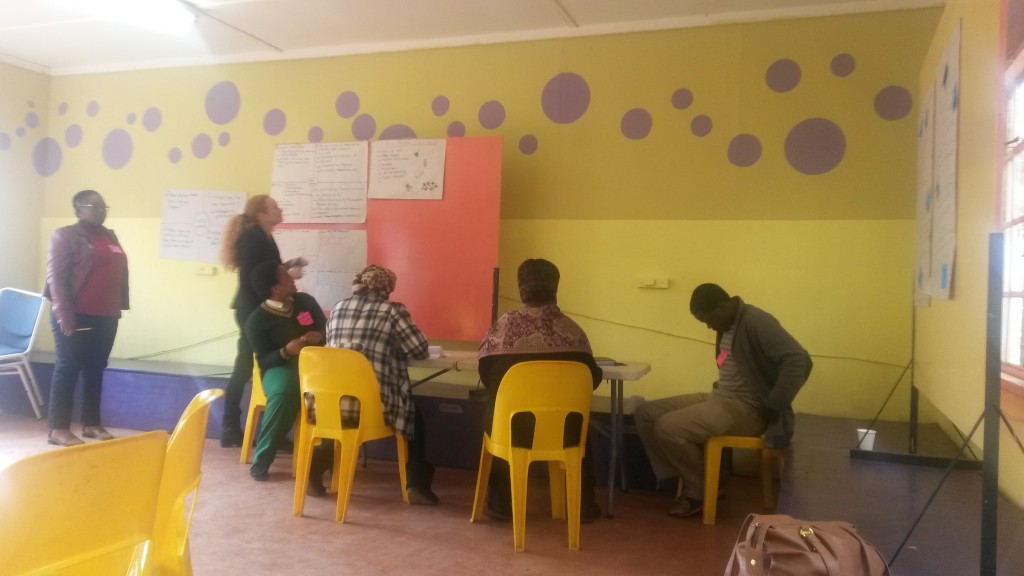 Our biggest activity during the consultation was our community mapping exercise. The exercise was intended so that as a group, we could better understand what the community at large is saying about girl’s safety; what are the key barriers to girls’ safety; what is already available in the community to help with change; what is the vision for change around this issue; and how we can mobilize this change. In three groups, the participants used flip chart paper and coloured pens to brainstorm the four questions:
Our biggest activity during the consultation was our community mapping exercise. The exercise was intended so that as a group, we could better understand what the community at large is saying about girl’s safety; what are the key barriers to girls’ safety; what is already available in the community to help with change; what is the vision for change around this issue; and how we can mobilize this change. In three groups, the participants used flip chart paper and coloured pens to brainstorm the four questions:
- What are the key barriers to girls’ barriers in your community?
- What changes do you want to see?
- What does this community already have that can help to solve this issue?
- How can we make this change happen?
and create a community map. Each group then presented their maps.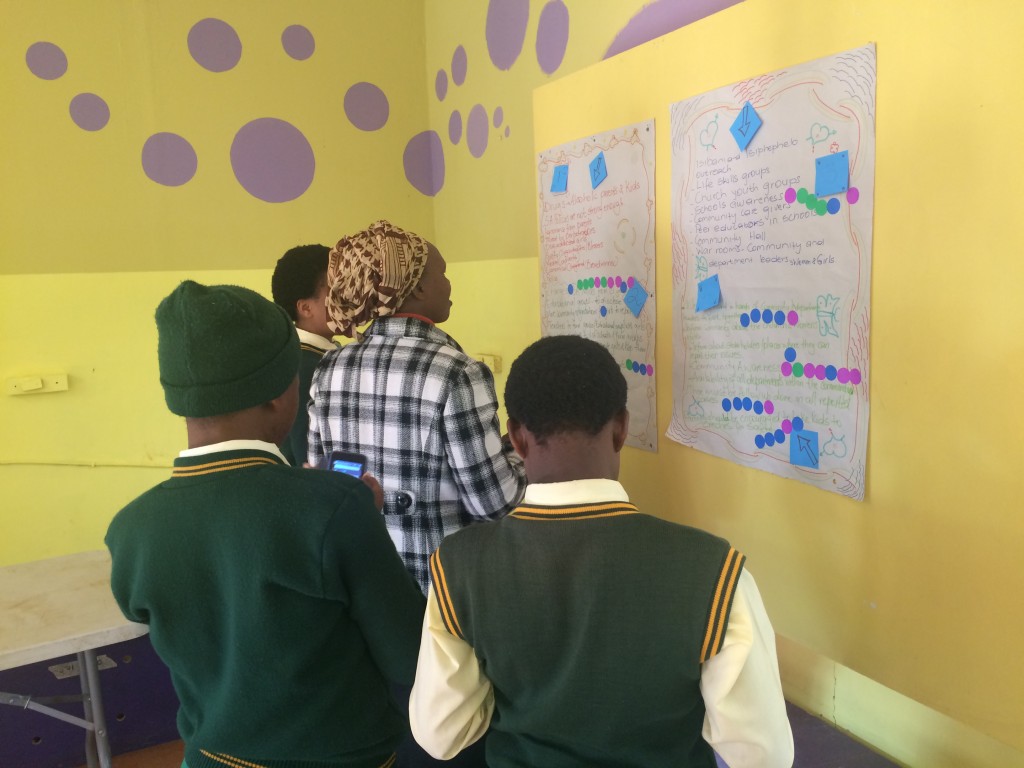
After that everybody had 15 stickers each to “vote” for the issues that they felt were a priority for each question. From the voting, we made sure as a group that we all agreed on the priorities we narrowed down and from there we created a new community map. Out of the priorities that were listed, three were consistently discussed; (1) awareness in the community and at home around girl’s safety, (2) educating the parents and the traditional leaders about this issue and what we can do about it together (3) and safe spaces for girls to be able to start these conversations amongst themselves, for example creating a Girls Advisory Committee/Girls Group in the community were prevalent. This further validated what the community needs as well that this participatory methodology of conducting research needs to continue and that the project is extremely important to combating Gender Based Violence to ensure our girls and youth, the next generation, are safe!
